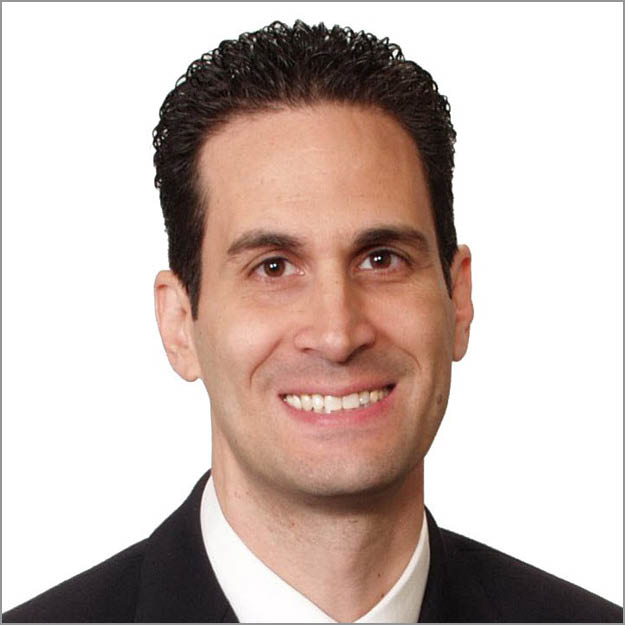The opinions stated in this article are solely those of the author.
The Issue: In nearly all cases, investors cannot finance more than 10 properties (including their primary residence) simultaneously using conventional mortgage financing. This is not because owning more than 10 properties is illegal, but rather because it is very difficult for lenders to sell those loans on the secondary mortgage market. Prior to 2009, Fannie Mae would not accept loans on investment properties in situations where the owner had more than four properties already financed. After the housing crash, Fannie Mae adjusted those regulations to permit investors making high down payments (sometimes more than 30 percent), showing excellent credit, and providing documented, long-term investment performances in their portfolios to take out these loans. However, since that time, the practice of financing between five and 10 investment properties has remained a niche program. Many lenders either do not participate or seldom approve these loans.
My Conclusion: It’s time to remove the 10-cap completely.
From my perspective as a turnkey rental property owner and provider, it is time to remove the cap on conventional home loans entirely, provided the borrower is qualified for the loans they seek. As a population, investors are far more responsible than homeowners at maintaining their traditional mortgage loans. We should not be penalized for what Fannie Mae acknowledged in 2009 when it raised the mortgage limit to 10: “Experienced investors play a key role in the housing recovery.”
We also play a key role in the stability, improvement, and productivity of our housing markets. Removing the 10-cap would increase the ability of qualified investors with good track records, solid credit, and the wherewithal to make appropriately sized down payments, to expand their portfolios. This would not only be good for investors. It would also be good for communities that would find more affordable housing available thanks to a greater investor presence in the long-term investment sector.
Alternatively, raise the cap to 20.
If Fannie and Freddie are uncomfortable removing the mortgage limit completely, I believe the cap should be doubled to 20. Given that the extended-mortgage-limit program is already voluntary, no lender would be compelled to make these loans and the few who understand the value of originating conventional mortgages to real estate investors could continue to benefit from serving our sector. Hopefully, as the successes became evident, the practice would expand as more lenders followed suit.
























0 Comments